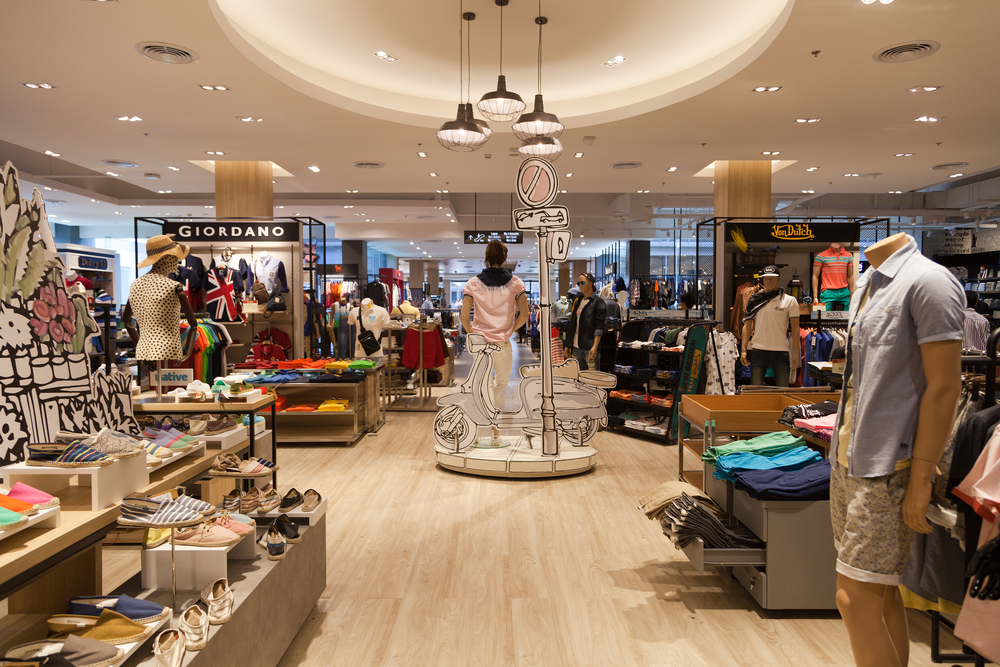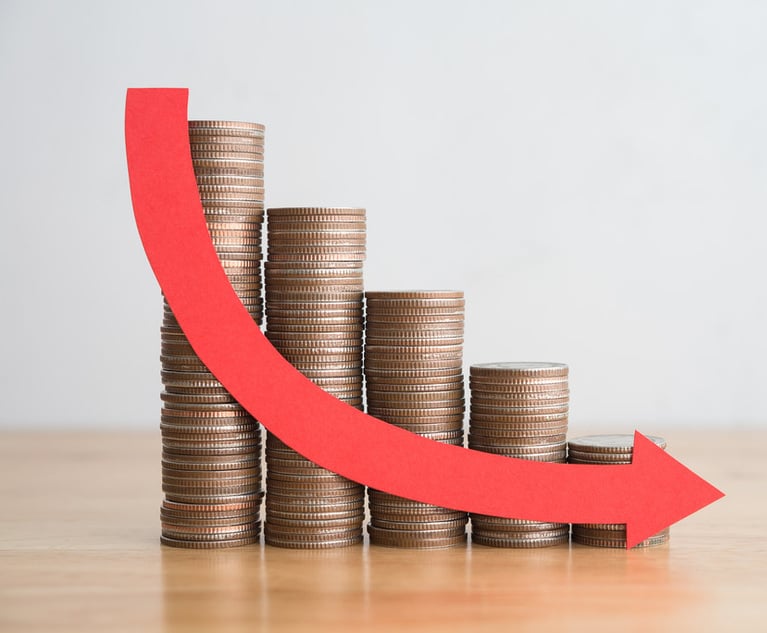When a customer enters any place of business, it is usually toconsider the goods or services offered for sale. Suppose Susieenters Trudy's Exotic Emporium, a store offering many unique andsome exotic products. Walking down an aisle she slips and falls,injuring herself. Is the owner of the business liable to her forthe injuries she has sustained?
|The answer to this depends upon several considerations. First,simply because an injury has occurred does not automatically makethe store liable, or at least fully liable. Legally, the concept ofabsolute liability will not usually apply. Absolute liability is asituation where just because an injury or loss occurred, a party issimply held liable for the loss of another. These types ofsituations are somewhat rare and often apply when a defendant hasbeen engaged in an ultra-hazardous activity.
|In the scenario here, any liability placed upon the store forthe injury to the customer would normally be predicated upon theconcept of negligence on the part of the business. During the firstyear of law school, most students are exposed to the somewhatstrange world of tort law and the discussion of when one partyshould be liable for injury or loss to another.
|To speak in general terms, the law usually expects us to conductourselves in such a way that we do not cause injury or loss toothers. This is where negligence comes into the picture. As aplaintiff, Susie must show certain things like the defendant (thestore) owed a duty of care toward her or a class to which shebelongs. Second, that the store breached that duty of care by anact or omission. Third, that this act or failure to act on the partof the defendant store was what is called the proximate (i.e.,direct) cause of the plaintiff's loss or injury. Fourth is that theplaintiff did suffer loss or injury, which may be compensated. Ingeneral terms these facts must be proven by plaintiff Susie inorder for her to receive compensation.
|A business open to the public is basically expected to usereasonable care to maintain the premises in a reasonably safecondition and state. In principle this should make sense to mostpersons and not be viewed as an overly burdensome obligation on thebusiness operator. The issues in most situations revolve around thequestion of what the business did or did not do with respect tomaintaining the premises in a reasonably safe condition.
|Here we should perhaps emphasize the term 'reasonably' safecondition. We are not referring to the legal concept of absoluteliability or saying that the business is guaranteeing the safety ofall customers in all circumstances.
||
6 ways to reduce risk
|That said, what should a business owner do? One suggestion wouldbe to consult with agents of the insurance company preparingcoverage for the business. Ask for a representative to come out andlook over the business premises and give advice. If the owner hasan attorney, a consultation might be of value.
|As a business owner, consider setting up periodic sweepschedules where an employee goes through the premises looking forproblems like spilled drinks on the floor and other possibleissues. Keep a record of these sweep schedules. In the future thisshows an effort to find and clear possible problems andhazards. Should the matter end up in court, it shows thebusiness owner used reasonable care in an attempt to avoidproblems. Most businesses will clean up or remove a known hazard,such as spilled soft drinks on a floor, but going further withperiodic checks for hazards offers better evidence of a concern forsafety.
|If problems are found, try to remedy them as soon as possiblebecause it shows the business took reasonable actions to avoidinjury to customers and correct the problem.
|Be proactive. If there is a problem, address it. Retailers maywant to consider a sign on the front door or window advising thatno food or drinks are allowed inside the business. While this won'talways prevent customers from bringing them in the store, ifsomeone slips and falls it shows the store tried to prevent suchproblems.
|Look at displays of merchandise – are boxes stacked too high? Dothey pose a risk of falling? Merchandise placed on higher shelvesmay pose a problem. Consider posting a notice that customers shouldrequest assistance for such items.
|What about the condition of the floor itself? Are thereprotruding ridges, broken tiles where footwear may get caught? Youcannot prevent all problems, but you can reduce possible liabilityby taking reasonable precautions.
|If there is an accident and a customer is injured, make anaccurate report of the matter. Details are important. For example,in a slip and fall not only is what may have been on the floorimportant, but notice what kind of footwear the customer waswearing. Were they flats, heels, tennis shoes or a slippery type ofsandal?
|Many incidents may occur on a business premises. Take the timeto look around and think about making changes to conditions thathave the potential to cause or contribute to an accident. Allaccidents cannot be prevented, but the effort to maintain safeconditions will show that reasonable care was exercised.
|John Gregory Service is an attorney based in Boca Raton,Fla. He has been a member of the Florida Bar since 1974 and is alsoa Florida Supreme Court Certified Circuit and County Courtmediator. Having recently retired after 35 years as a professor ofbusiness law and economics at Broward College, Service has alsotaught on an adjunct basis for various colleges and is theauthor or co-author of four books on business liability and relatedmatters.
|Want to continue reading?
Become a Free PropertyCasualty360 Digital Reader
Your access to unlimited PropertyCasualty360 content isn’t changing.
Once you are an ALM digital member, you’ll receive:
- All PropertyCasualty360.com news coverage, best practices, and in-depth analysis.
- Educational webcasts, resources from industry leaders, and informative newsletters.
- Other award-winning websites including BenefitsPRO.com and ThinkAdvisor.com.
Already have an account? Sign In
© 2024 ALM Global, LLC, All Rights Reserved. Request academic re-use from www.copyright.com. All other uses, submit a request to [email protected]. For more information visit Asset & Logo Licensing.








